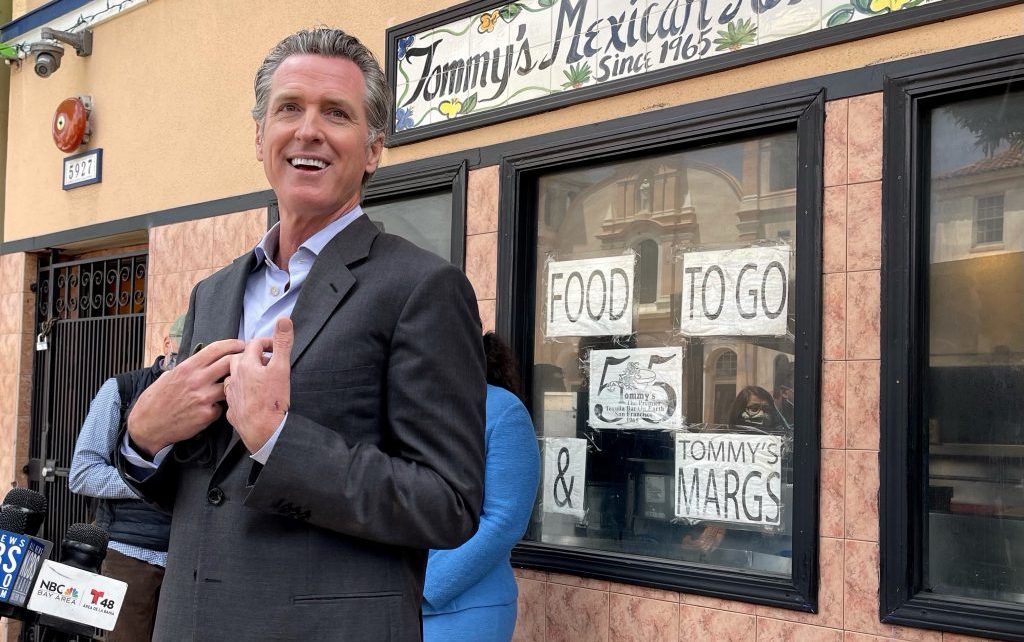
Governor Gavin Newsom in San Francisco on June 3, 2021 (Photo: Gov.CA.Gov)
How the Democrats May Have Out-Thunk Themselves on the Newsom Recall
While most Democrats may have the Party’s back, they don’t have Gavin’s back because he has never had theirs
By Thomas Buckley, August 11, 2021 2:28 pm
The term “conventional wisdom” is rather odd, as at most conventions the vast majority of the wisdom floating around the hall is used trying to figure out which sponsors hospitality suite will have the best (free and plentiful) drinks and nibbles that evening.
It is also quite often used as a pejorative and extremely rarely used in a positive sense – one does not typically read a story about an entrepreneur who made zillions of dollars and her mark in the world by “strictly following the conventional wisdom.”
As it implies standardized, inside-the-box, rote, acceptable thinking why, especially in the field of political discourse and analysis, should anyone give the conventional wisdom any thought? As it relates to the potential recall of the governor, the conventional wisdom – despite being repeated over and over again by the usual Sacramento suspects – has been, not to put too fine a point on it, just plain wrong.
And this reliance on conventional wisdom that may very well doom Gavin Newsom.
First, the wisdom stated – even after the French Laundry incident – that there was no way the recall would qualify for the ballot. As recently as a few months ago, after the signature count had blown past the million mark and the failings in Newsom’s response to the pandemic – the EDD, the business bankruptcies, the continued polices of enforced isolation and extended masking, the closed schools, the rising crime rate, etc., etc., became more and more obvious (and more and more infuriating) to the average Californian – it was still deemed by the state’s Politerati to be extremely unlikely.
Then, after it qualified for the ballot, it was dismissed as a petulant and dangerous stunt foisted upon the good and caring people of California by wicked Trumplicans that could never even hope to come close to passing. Despite the data showing that very significant percentages of recall supporters are Democrats, No Party Preference voters, and other non-Republicans, the Newsom campaign continues to aggressively claim deeply nefarious and deceptive forces are the sole reason for the recall.
An attempt to lend some credence to at least part of this argument was the push to get voters to rescind their signature from the recall petition; despite gallons of ink spilled over and thousands of dollars spent on this idea, less than four dozen – out of 2 million – people around the state removed their name.
But now that the recall is a toss-up, state Democrats must finally be wondering if the conventional wisdom which has driven their recall strategy to date is about to let them down again.
It can be said that following conventional wisdom is somewhat akin to a general fighting the previous war – it tends not to go exactly as assumed. When it came to the matter of choosing not to have a “fallback” candidate just in case the unthinkable occurred, it seems the Democrat establishment is not only fighting the last war but also the wrong war. Time and time again it has been proven that dismissing something as unthinkable means that one is not thinking at all.
One idea was that it would be best if no “big name” (or even medium or petite name) Democrat appeared on the ballot, thinking that giving Democrat voters a quite plausible option to replace Newsom while keeping the governorship in the party would increase the “Yes on recall” votes. It is an understandable position, but it fails to take into account a number of key elements.
First, speaking of not learning the lessons of the “last war,” anyone who thinks that Gray Davis lost his recall because Cruz Bustamante was on the ballot as a replacement candidate is, well, wrong. Davis would have lost whether Bustamante was in the race or not and the idea that any Californian, outside of his immediate family, voted “Yes” in that recall specifically to try to make Cruz governor is delusional.
A similar arguably inoffensive non-entity type of candidate, such as Antonio Villaraigosa if you like, could have served admirably as this year’s escape valve and had pretty much just as minor an impact on the Yes/No vote as Bustamante. But they would have immediately had a clear lead over the rest of the replacement candidate field and, as the support floor for any “name” Democrat candidate is more than 30 percent, they could very well have prevailed.
If one is wondering how that type of campaign could have worked, it would have to have involved a candidate willing to spend the overwhelming majority of their resources on specifically fighting the recall while heavily emphasizing that they are in the race only “just in case.”
For example, a 30 second TV spot would have been 24 seconds of “NO!” and six seconds of “I’m just running because I care about the state and don’t want to see it fall into the hands of the evil Republicans.”
Additionally, the candidate, to solidify a “white knight/ I’m doing this for the people not me” image, would have to pledge to NOT run for re-election next November, thereby burnishing their “reluctance bona fides,” lessen any negative public perception of pure self-interest, and protect their standing in the party.
One would assume that the prospect of a guaranteed open seat four years earlier than expected would be rather pleasing to any ambitious Democrat.
It is true that a popular “big name” Democrat may have pushed votes to the Yes side of the Newsom recall, but that number may not have mattered as it would, almost assuredly, have been at least balanced, if not outweighed, by fewer Yes votes being cast if the Democrats “ran” as a replacement candidate a terrifying/polarizing “big name.” A Lorena Gonzalez-type of Democrat would have led to some rather significant “frying pan or fire?” considerations – or many, many instances of the “pucker effect” for those less concerned with rhetorical niceties – on the part of those weighing their options, thereby depressing the enthusiasm of the Yes vote.
The lack of a name Democrat on the ballot buoys the Republican approach to the recall, which is basically “it’s okay for us to have lots of candidates because they each may bring out different voter pools who will at least definitely vote yes on the recall question and we don’t have to worry that much about a Democrat winning.” In fact, the Democrats, incredibly, seem to be aiding this strategy by pleading with party members to only vote on the recall question and leave the replacement question blank, thereby boosting the chances of any of the Republican candidates to increase their percentage of votes on the replacement question.
That particularly astonishingly odd strategy, combined with the campaign’s desperate failed attempt to make sure there was a “D” next to Newsom’s name, does cause one to wonder exactly how low an opinion of the intellectual capabilities of their supporters the campaign has. And the campaign’s decision to vilify people – even people who use the word “Republican” as an insult in their daily lives – who are merely considering voting Yes as drooling inept tools of lunatic conspiracists only reinforces the notion that Newsom’s team thinks very little of California voters.
Finally, the fact that whoever is governor come September 14 will have to face voters again in just a little more than a year could also entice additional Yes voters, reasoning that “it couldn’t be worse” with someone else – a someone else that can be tossed out in 14 months if it doesn’t go well. It’s marketing 101 and the same reason companies give out – and people use, just to see on the off chance it’s better than what they’ve been using for years – free samples.
Second, we come to the timing issue. Conventional wisdom told the Democrats that an earlier vote would be better because A) it would occur about the time the $600 state stimulus/”tax refund” checks went out; B) it would be before fire season got really roaring (literally and figuratively); C) it would give the challengers less time to raise funds, organize, build name recognition, etc.; D) it would avoid the possible COVID and/or nasty regular flu spike that was (until Delta reared its ugly spiky head) projected by many for the late fall; and E) it would give Gavin less time in which to do something French Laundry stupid.
Well, oops. While the Democrats cannot have been expected to have had preternatural insight into various future events, the conventional wisdom led them to out-think themselves.
The start of fire season cannot really be predicted and, if you believe most Democrats on the new normal of how fire season is now year-round due to climate change, should probably not played a factor in their strategy, a mistake proven by the Dixie fire tragedy.
The timing of the checks to most Californians does still remain a valid plus for the Newsom campaign, but at what cost? The obviously political tawdriness of the program is not lost on much of the public, especially that portion that makes sure to vote.
As to the telescoped campaign time frame, it is true it gives the challengers less time to campaign but it also gives Newsom less time to make his own case. If the current Newsom campaign strategy of “don’t talk about Gavin, just tar the recall as a Trump/Qanon/Nationalist/Supremacist/Red State/Red Faced/Red Assed Republican coup” fails to hold the Yes vote momentum back it is not clear exactly to where the governor can pivot toward to keep his job.
Which brings up a related issue. Polling shows that yes, the pandemic is driving the recall. But the data also shows that of the top six issues cited by those in favor of the recall, four of them are not directly COVID related. In other words, voters are finding other reasons to vote to remove Newsom, which is terrible news for the governor because it means even if he tried to pivot to running on his record it may not help that much. He has much he can point to and say “I spent lots of money on that,” but he has little – definitely no signature project – to point to and say “I personally made that better.” Such as handling the EDD mess would have been a huge boon for the governor and, as long as one was not mired in a bureaucratic mindset, actually quite easily doable in a shockingly short amount of time.
And then there is the simple fact that Newsom, to be blunt, is not well liked and has very little personal “socio-political capital” in the bank.
Conventional wisdom points to the massive advantage Democrats have in sheer number of registered voters and his oddly normal-ish job approval ratings, especially when compared to Gray Davis leading up to his recall, as proof the public really doesn’t want a change.
But job approval, party approval, and personal approval are different animals, especially in a recall situation. Unlike most politicians, Newsom has no significant personal connection with any particular group of voters, people that would “have his back” through thick or thin. His power base is a combination of the party (especially its biggest donors) itself and, more importantly, the Powers That “Bay” – the few dozen San Francisco families that run the state. He has, until right at this very moment, never had to or even needed to try to create that kind of connection – a fact the voters know – leaving him personally especially vulnerable.
In the past, the elite connections and the Democratic Party brand have proven, as they would for any number of similarly interchangeable indistinguishable factory-built politician, to be enough. But the conventional wisdom completely missed the difference between a recall and regular election (personal note – trust me, I’ve been through and prevailed in both).
A regular election is a choice between two or more people. For the most part voters decide who to vote for based on a number of factors – ideological, personal attributes, gut feeling, trustworthiness, consistency, party affiliation, etc. but it is a choice that can be made comparably dispassionately (anything to with Trump – pro or con – excepted). It really is like hiring an employee amongst a number of choices.
But a recall election is like deciding whether or not to fire an employee and is, quite literally, personal. It involves passing specific judgment on another human being, making it more akin to a jury process – guilty or not – or an internal debate over whether to keep a not-so-great employee. Decisions of this kind, with this level of finality, can involve factors that are NOT job-performance specific, so how Newsom is perceived personally – separately from his party identification – by the public will play a far greater role than his campaign has accounted for. And Newsom simply does not have very much of that kind of support amongst the public; in fact he is widely – and rightly – perceived to be disconnected from everyday reality, elitist, entitled, and not the kind of person who would ever go out his way for someone else unless he saw some personal benefit for doing so.
While most Democrats may have the Party’s back, they don’t have Gavin’s back because he has never had theirs and therefore see no real need to do him a solid and bother to vote No. In California, the Democrat brand is incredibly strong and the campaign is almost exclusively based on this fact in an effort to overcome Newsom’s weak personal brand. But in such a personal election, that is not enough, hence the near-panicked response to the word “Democrat” not appearing next to Newsom’s name on the ballot.
As to the resurgence of COVID, the campaign could not have foreseen the Delta variant and that its impacts would slam directly into the shortened campaign season. But for Newsom, it could not have come at a worse time with an “exhausted” public getting more and more and more fed up with the returned restrictions. Due to their own timing choice, in the coming weeks, the ballots that are mailed out to nearly every household will sit, at least for a time, on the kitchen table within clear view of exasperated voting parents as they struggle to convince/contort their eight-year-old into yet another mask so they can go to school that morning.
The final timing reason – creating a smaller window in which Newsom could do something stupid – has not gone French Laundry wrong, but he has still managed to reinforce his general image of nonchalant turpitude. His bald-faced lie about the amount of undergrowth that had been cleared from the forests has, for some reason, not seemed to hurt him that much. And while children should never be invoked in elections, politician parents should make absolutely sure to do nothing to cause even that remote possibility – even when it is discovered that you got an email from the summer camp detailing its mask policy you should not try to excuse it by claiming you must have just missed that one email. First of all, everyone on the planet has used that exact same excuse and, second, considering a past that includes lying about the French Laundry incident, it has exactly the same ring to it as if the EDD said: really, trust us this time – the check is in the email.
There are times and situations when the conventional wisdom can actually be correct, take for example the idea that it is not a good idea to eat paint. But there are also times when the conventional wisdom is spectacularly wrong, take for example the notion that no one would ever need to have a computer in their home.
This time, for a myriad of reasons (including the limitations of their candidate), the Newsom campaign seems to have ignored many not-so-usual factors and gone with the conventional wisdom and built a theoretically impenetrable but dangerously static fortress of a campaign based on the idea that they can ride this out no matter what. Whether or not they have successfully stumbled onto the solidity of Gibraltar or willfully and spectacularly miscalculated as the French did at Dien Bein Phu is a question that, one hopes, will be answered on September 14.
Author’s Note – This article was composed prior to the public release of the video of the governor, um, chatting with the Bee editorial board members. Judging by his demeanor in that video, he may have already taken the central premises of the above piece to heart.
- Benefit Fraud Problems and Solutions - November 7, 2024
- A Little Exit Poll - November 5, 2024
- Tomorrow’s Headlines Today! - November 5, 2024


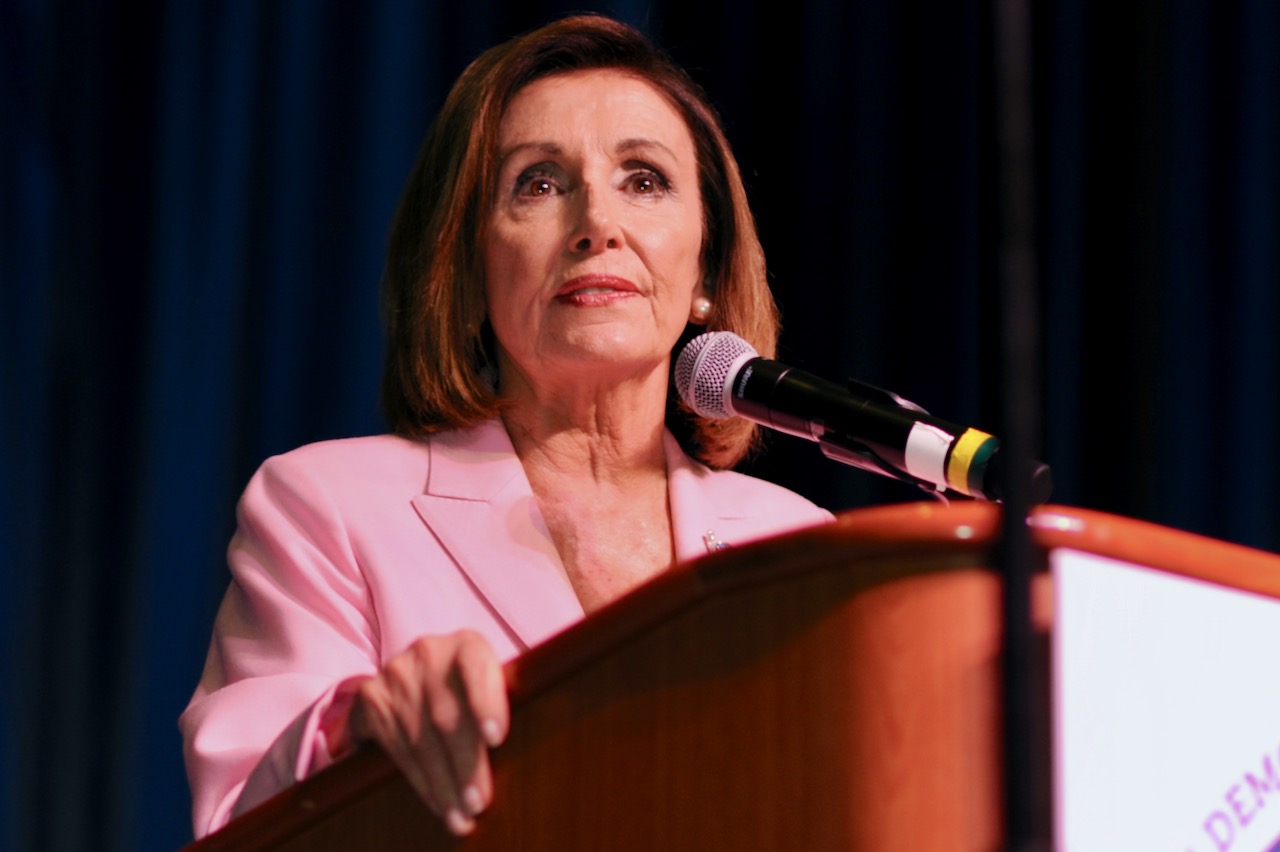
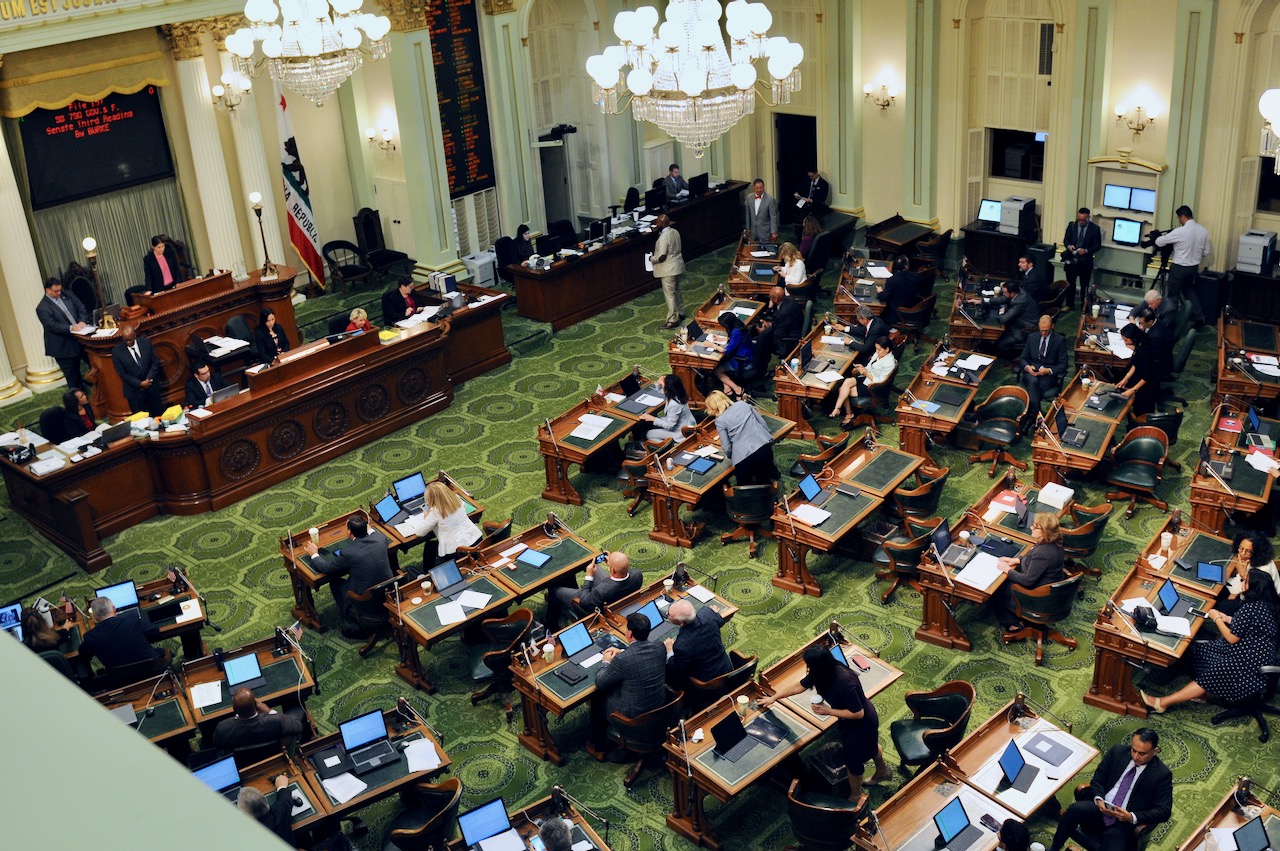
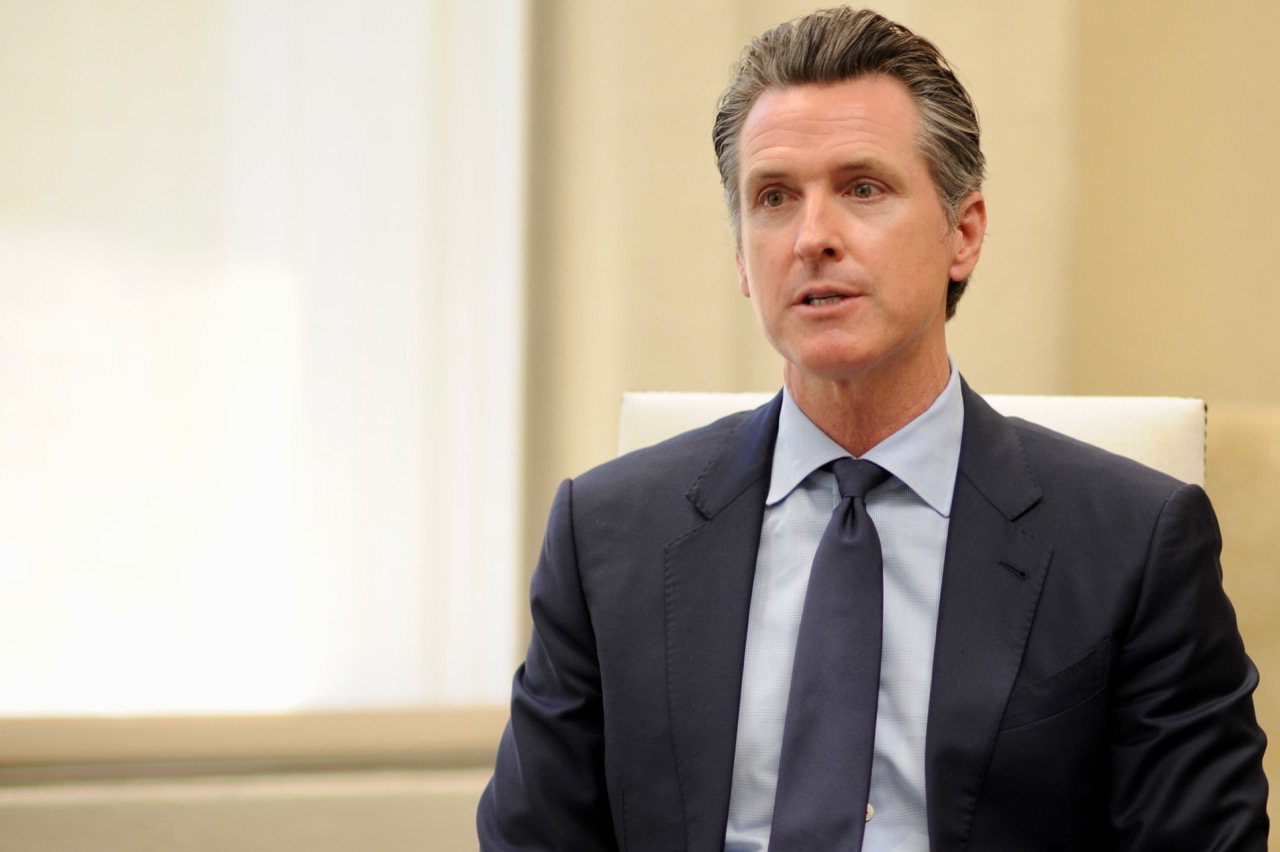

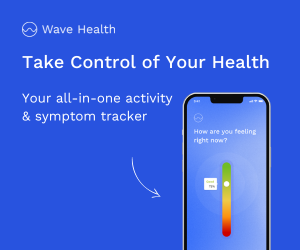

I hope Mr Buckley is correct. But I can see another reason for the Democrat strategy of telling people to leave the 2nd question blank. When they fraudulently add millions of No votes to the official tallies they have a built-in reason why the votes for questions 1 & 2 are so far off.